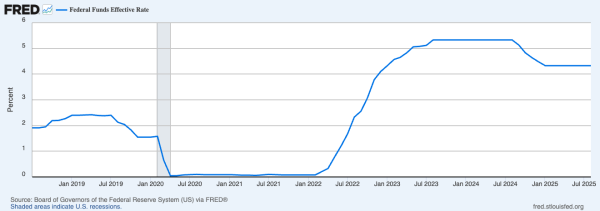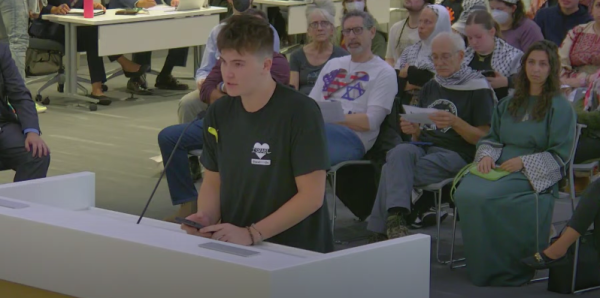Equal Education Funding: a Populist Dream

In virtually every election season, a populist candidate proposes to change the way Ohio schools raise money. Typically, the proposal involves a large pool of money raised by state taxes and doled out based on student population and poverty levels.
However, year after year, this proposal is never adopted. Usually, for the same reason: the current system of home-rule based distribution is actually the fairest system. Not only for small, suburban schools, but large inner-city schools as well.
First, it’s important to look at how the system currently works.
The system is actually set up to be very simple. The state government gives out very few dollars, but it designates local municipalities, like Beachwood, to establish their own property tax rate, subject to a vote. This money is used to fund the majority of school needs.
This system presents obvious benefits to suburban districts like Beachwood, which have large corporate, or otherwise high-valued properties. These values translate into tax revenues to provide the multi-million dollar services given to each Beachwood student every day.
This is all well and good for schools with such luck. Unfortunately, not every school has such benefits. In a slightly more complicated way, the current system is better for these schools as well.
Under this system, there is huge incentive for school boards, city councils and concerned citizen groups to work in every possible way to increase the value of their city.
On the other hand, a “pool” system creates what is known as the “moral hazard problem,” as students in the new AP Economics course (furnished by tax revenues) have learned, this means that people would take more risk because the money they are spending is not technically their own.
There is always this type of fear in government spending, but imagine a world in which it wasn’t even decided by local politicians, but by a politician across the state. There would be even less concern about spending money efficiently.
Lastly, the democratic voice of Ohio citizens must be considered. In the current system, local governments who are closer aligned to local citizens than Columbus anyway, have the second most power in the budgetary process. The first is the people. In this system, the average Beachwood resident has the most control over issues of school finance. If the school district wanted a new operating levy, which it has not in recent years, they have the freedom to ask. The residents then have the freedom to say yes or no.
This is true across the whole state. Individuals are given the most power possible in determining education funding. Officials are compelled to act in the best interests of students and the community instead of wasting tax dollars on unnecessary projects.
Any change to this system would eliminate all of these benefits. It would not bring other schools up, only push the top down. It is for these reasons that the desire to achieve equality in education funding is recognized as exactly what it is: a populist dream.







